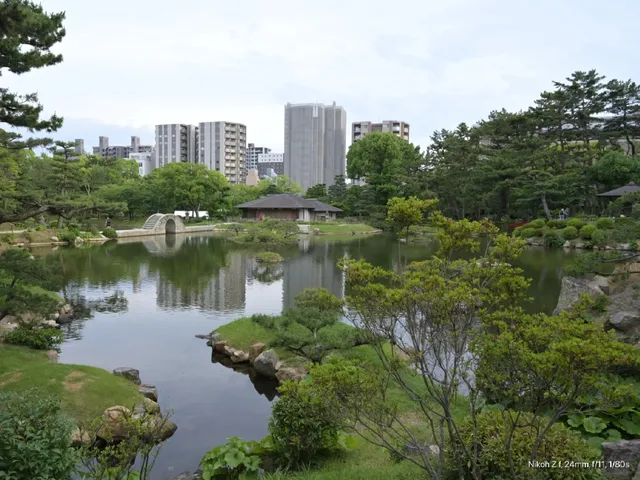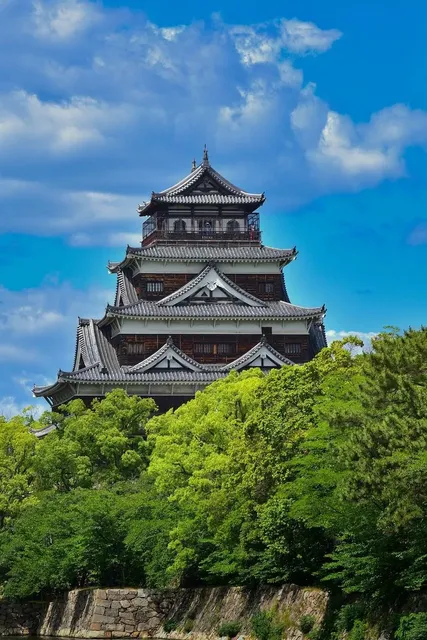Atomic Bomb Dome things to do, attractions, restaurants, events info and trip planning
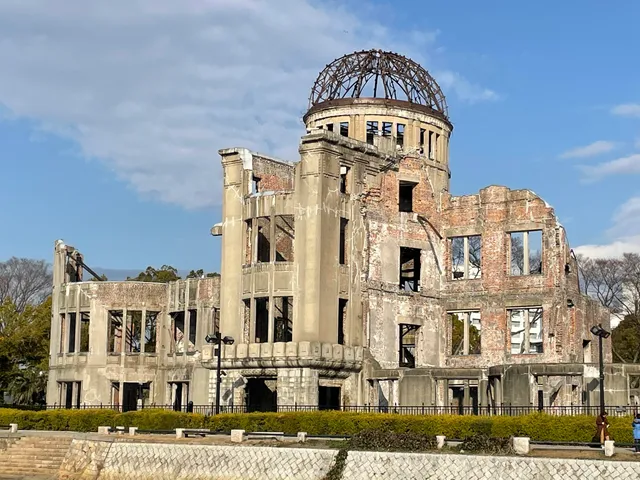
Basic Info
Atomic Bomb Dome
1-10 Otemachi, Naka Ward, Hiroshima, 730-0051, Japan
4.7(12.2K)
Open 24 hours
Save
spot
spot
Ratings & Description
Info
The Hiroshima Peace Memorial, originally the Hiroshima Prefectural Industrial Promotion Hall, and now commonly called the Genbaku Dome, Atomic Bomb Dome or A-Bomb Dome, is part of the Hiroshima Peace Memorial Park in Hiroshima, Japan and was designated a UNESCO World Heritage Site in 1996.
Cultural
Educational
attractions: Hiroshima Orizuru Tower, Peace Memorial Park - Hiroshima, Hiroshima Atomic Bomb Hypocenter Monument, Children's Peace Monument, Hiroshima Prefectural Industrial Promotion Hall (Atomic Bomb Dome) Fountain Ruins, HIROSHIMA GATE PARK, Hiroshima Peace Memorial Museum, Hiroshima National Peace Memorial Hall, Hiroshima Prefectural Citizen's Culture Center, Hiroshima Victims Memorial Cenotaph, restaurants: Caffè Ponte, Steak AOHIGE, Hiroshima Shuten-doji, Nonta-sushi Kamiyacho, Seasonal Dishes and Grilled Food "Tsukiakari", Ichiran Hiroshima Hondori shop, Oyster ship Kanawa, 広島お好み横丁「/5」 GOBUNNO, 穴子飯 木村屋本店, Vietnamese Cafe Miss Hoa Mario
 Learn more insights from Wanderboat AI.
Learn more insights from Wanderboat AI.Phone
+81 82-504-2898
Website
city.hiroshima.lg.jp
Plan your stay

Pet-friendly Hotels in Hiroshima
Find a cozy hotel nearby and make it a full experience.

Affordable Hotels in Hiroshima
Find a cozy hotel nearby and make it a full experience.

The Coolest Hotels You Haven't Heard Of (Yet)
Find a cozy hotel nearby and make it a full experience.

Trending Stays Worth the Hype in Hiroshima
Find a cozy hotel nearby and make it a full experience.
Reviews
Nearby attractions of Atomic Bomb Dome
Hiroshima Orizuru Tower
Peace Memorial Park - Hiroshima
Hiroshima Atomic Bomb Hypocenter Monument
Children's Peace Monument
Hiroshima Prefectural Industrial Promotion Hall (Atomic Bomb Dome) Fountain Ruins
HIROSHIMA GATE PARK
Hiroshima Peace Memorial Museum
Hiroshima National Peace Memorial Hall
Hiroshima Prefectural Citizen's Culture Center
Hiroshima Victims Memorial Cenotaph

Hiroshima Orizuru Tower
4.0
(1.9K)
Open 24 hours
Click for details
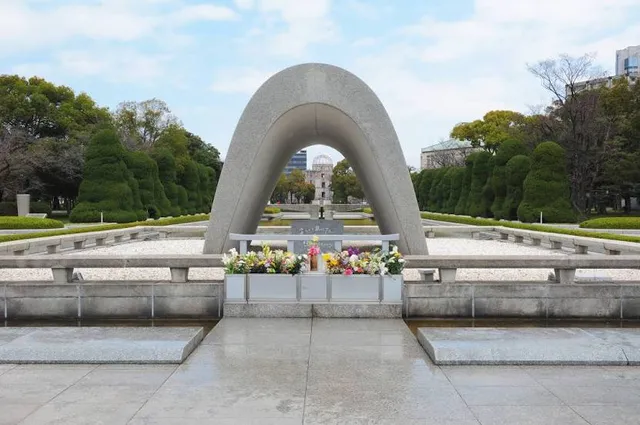
Peace Memorial Park - Hiroshima
4.7
(10.3K)
Open 24 hours
Click for details
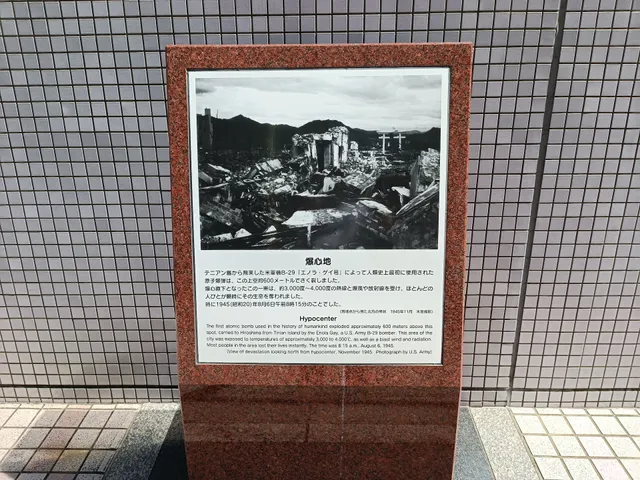
Hiroshima Atomic Bomb Hypocenter Monument
4.5
(498)
Open 24 hours
Click for details
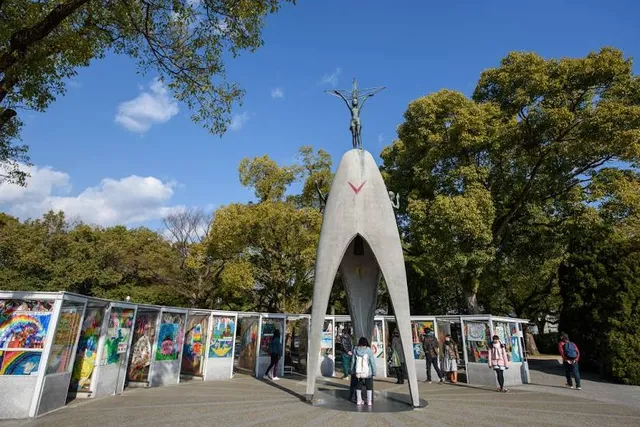
Children's Peace Monument
4.7
(648)
Open 24 hours
Click for details
Things to do nearby

Discover the history of Hiroshima
Fri, Dec 26 • 9:00 AM
730-0051, Hiroshima, Hiroshima, Japan
View details
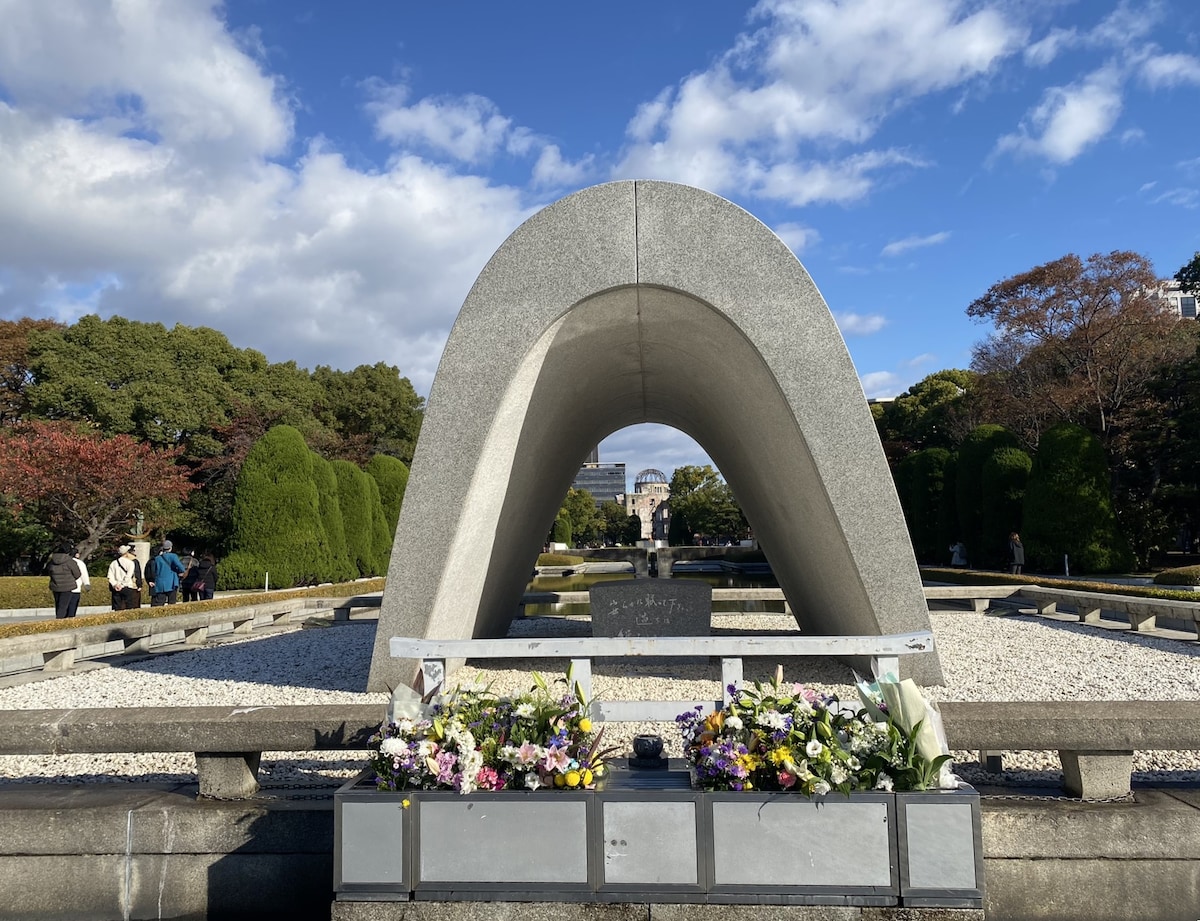
Walking through the beautiful and peaceful cities of Hiroshima and Miyajima
Thu, Dec 25 • 9:00 AM
732-0822, Hiroshima, Hiroshima, Japan
View details
Nearby restaurants of Atomic Bomb Dome
Caffè Ponte
Steak AOHIGE
Hiroshima Shuten-doji
Nonta-sushi Kamiyacho
Seasonal Dishes and Grilled Food "Tsukiakari"
Ichiran Hiroshima Hondori shop
Oyster ship Kanawa
広島お好み横丁「/5」 GOBUNNO
穴子飯 木村屋本店
Vietnamese Cafe Miss Hoa Mario
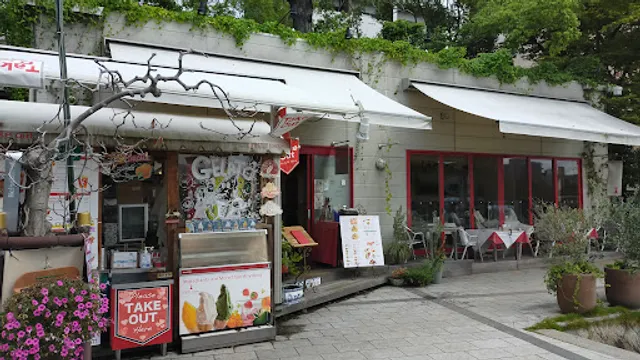
Caffè Ponte
4.3
(746)
Click for details
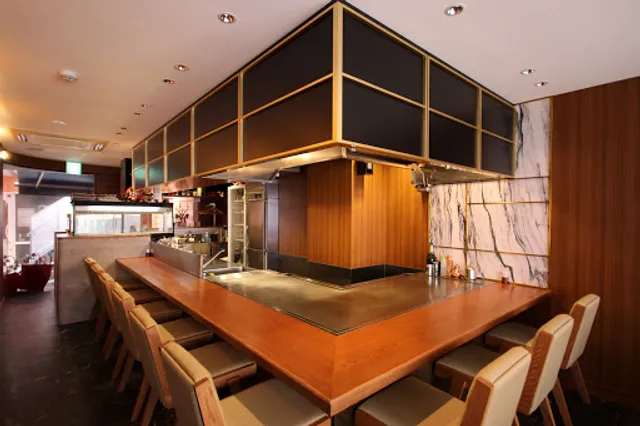
Steak AOHIGE
4.7
(581)
Click for details
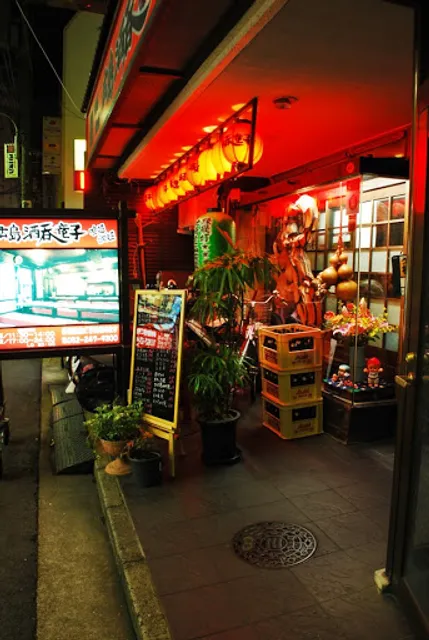
Hiroshima Shuten-doji
4.3
(271)
$$
Click for details
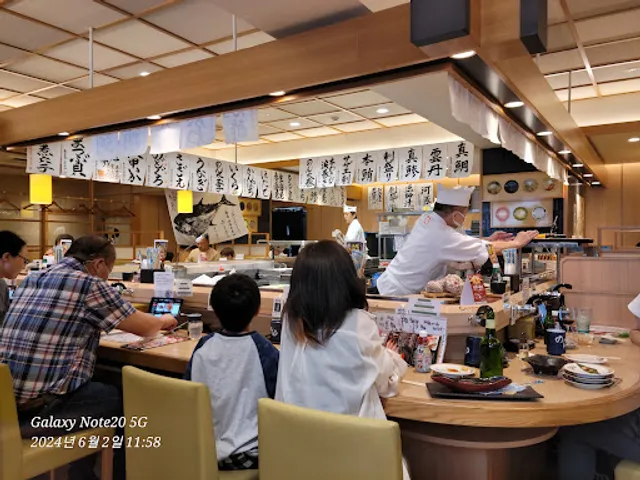
Nonta-sushi Kamiyacho
4.3
(485)
Click for details


